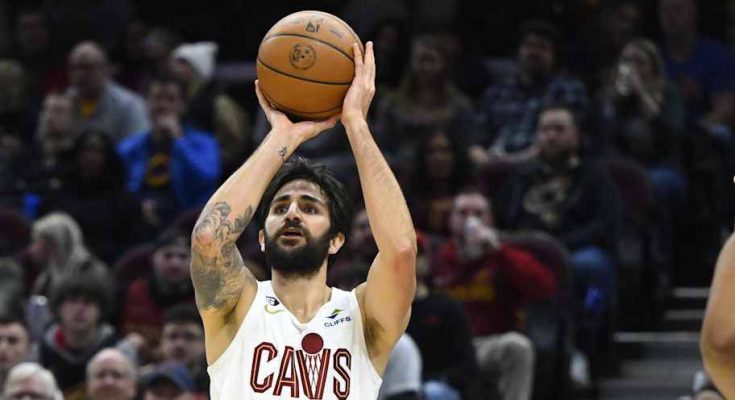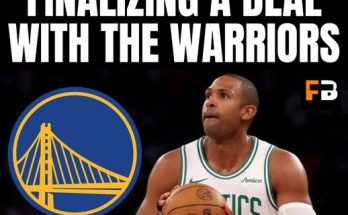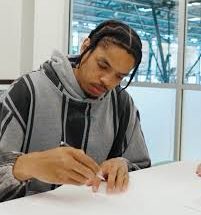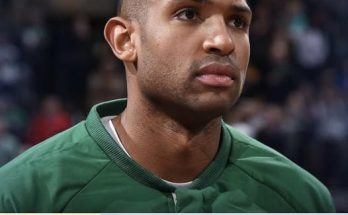Once heralded as a promising young guard with limitless potential, the former Cleveland Cavaliers standout is officially plotting a comeback to professional basketball. For fans who watched him light up the court in years past, the news comes with a mix of nostalgia, hope, and curiosity. The journey back for any athlete is never easy, especially after stepping away from the spotlight and the daily grind of elite competition. Yet, for this former Cavalier, the path to redemption and resurgence is more than just a shot at reviving a career—it’s a personal mission driven by unfinished business, inner growth, and a belief that the best basketball of his life might still be ahead.
When the Cleveland Cavaliers selected him in the NBA Draft, expectations were cautiously optimistic. He wasn’t a lottery pick or the subject of ESPN’s relentless pre-draft hype machine, but there was something undeniably intriguing about him. He had flair, an aggressive handle, and a scoring touch that could catch fire quickly. Whether driving downhill in transition or creating separation off the dribble, he showed flashes that made Cavaliers fans lean forward in their seats. Over time, though, inconsistency, injuries, and team turmoil began to dim the shine that once made him a rising star in Cleveland’s rotation.
His tenure with the Cavaliers was not long or especially decorated, but it was meaningful. He was there during a transitional era for the franchise—an awkward stretch following LeBron James’ second departure to Los Angeles. With the team seeking to find its next identity, many young guards cycled through the roster, competing for minutes and the coaching staff’s trust. Amid that shuffle, this guard had his moments—games where he looked like a future cornerstone, stringing together 20-point performances and generating highlight-reel plays that trended on social media. Unfortunately, those flashes of brilliance were often offset by lapses in decision-making, defensive struggles, and the general growing pains that plague many young guards trying to find their footing in the NBA.
After his stint in Cleveland, things became less clear. He bounced around, trying to latch on with other NBA teams, but nothing stuck. G League opportunities came and went. Overseas contracts were considered, and in some cases accepted. For a while, it seemed like he might become one of many former NBA hopefuls lost to the business of the sport—too talented to ignore completely, but not polished or reliable enough to earn a long-term role in the world’s most competitive league.
Then came the hiatus. The former Cavalier guard stepped away from the game entirely, not because he wanted to give up on basketball, but because he needed to breathe. The pressure, the noise, the constant need to prove oneself—it all took a toll. In interviews since announcing his comeback, he’s been candid about the mental strain that accompanied his early years in the NBA. The expectations placed on him—by the public, the media, his team, and most significantly, himself—were overwhelming. The joy he once found in the game had become buried beneath self-doubt and the fear of failure.
During his time away, he didn’t disappear into obscurity. Instead, he focused on healing, growing, and rediscovering his love for basketball. He trained, but without the looming presence of scouts or team personnel. He worked on his body and mind with equal attention. Yoga, therapy, long sessions of shooting in empty gyms—these became his new normal. It was during this time that he began envisioning a return, not just to the sport, but to himself. The kid who once played the game because it was fun—because it felt like freedom—was slowly making his way back.
Now, with the announcement of his comeback, the basketball world has started to take notice again. It’s not often that former NBA players return after an extended absence and find real success, but this case feels different. For starters, he’s still relatively young. At an age when many veterans begin thinking about retirement, he’s attacking the game with the hunger of someone who believes their prime has yet to come. Physically, those around him say he’s in the best shape of his life—leaner, stronger, more explosive. Mentally, he speaks with a clarity and maturity that only comes from lived experience and adversity.
His path back won’t be glamorous. He’s not rejoining the NBA immediately or stepping into a headline-grabbing situation. Instead, he’s committed to starting from the ground up, potentially joining a G League team or signing with a competitive overseas club to prove himself once more. In today’s global basketball landscape, talent evaluators are everywhere, and standout performances at lower levels are routinely rewarded with NBA call-ups. He knows this. But he also knows that the most important battle is not external—it’s internal. It’s about proving to himself that he still belongs, that the game hasn’t passed him by, and that the setbacks of his past don’t define his future.
What makes his comeback even more compelling is the support he’s received from former teammates and coaches. Several Cavaliers veterans who shared the locker room with him have publicly praised his decision to return. They remember the fire he brought to practice, the confidence he played with when he was locked in, and the effort he made to improve despite the noise around him. Some have even gone so far as to say they always knew he wasn’t done—that the league hadn’t seen the last of him. It’s a rare and powerful endorsement in a league that often forgets its fringe players quickly.
The narrative surrounding this former Cavaliers guard is beginning to shift. No longer is he viewed solely through the lens of unmet potential or NBA exile. Instead, he’s becoming a symbol of resilience—a reminder that sometimes stepping away is the healthiest thing an athlete can do, and that real growth happens in the quiet, away from the cameras. His story now serves as a counterpoint to the brutal nature of professional sports, which often demands instant success and offers little forgiveness for failure. In reclaiming his career on his own terms, he’s challenging the norms and redefining what a second chance can look like.



